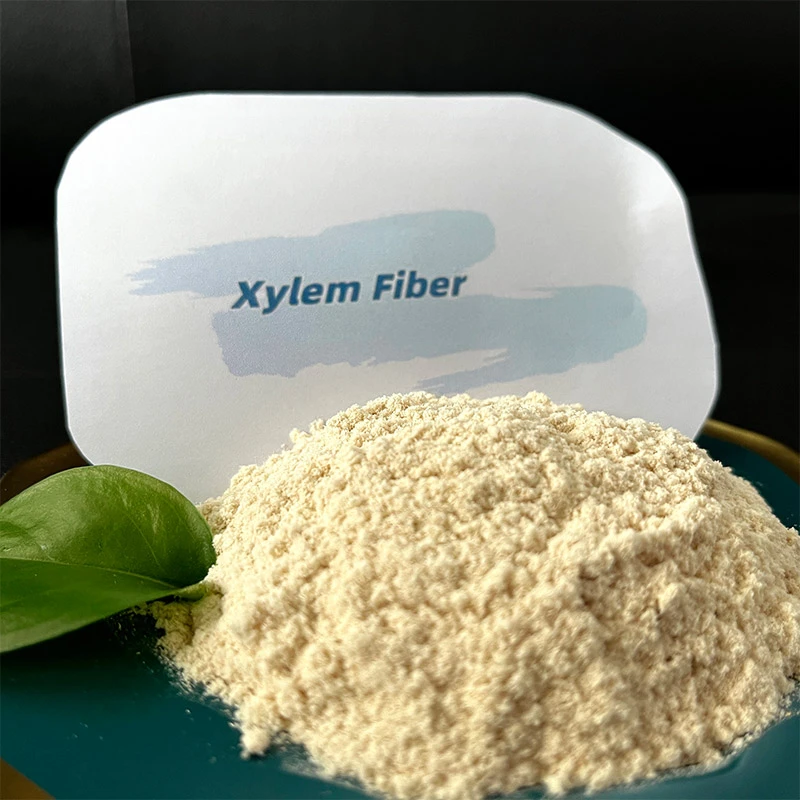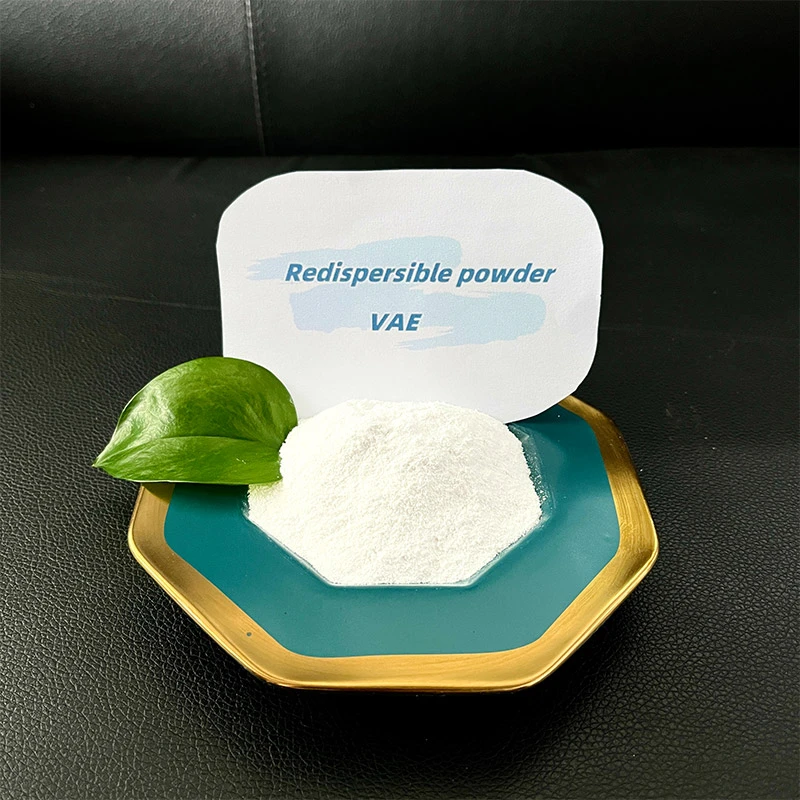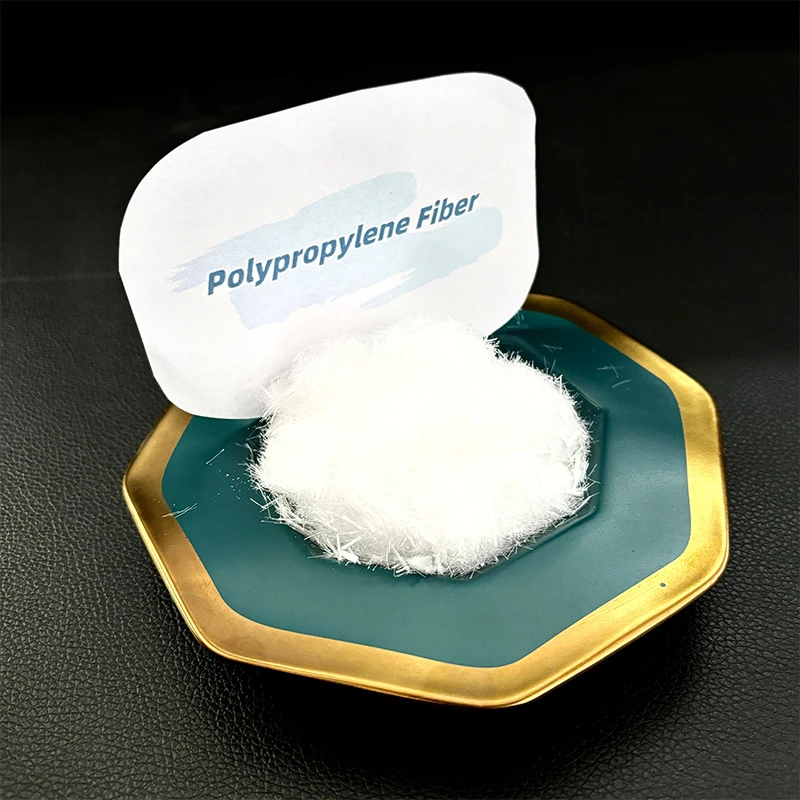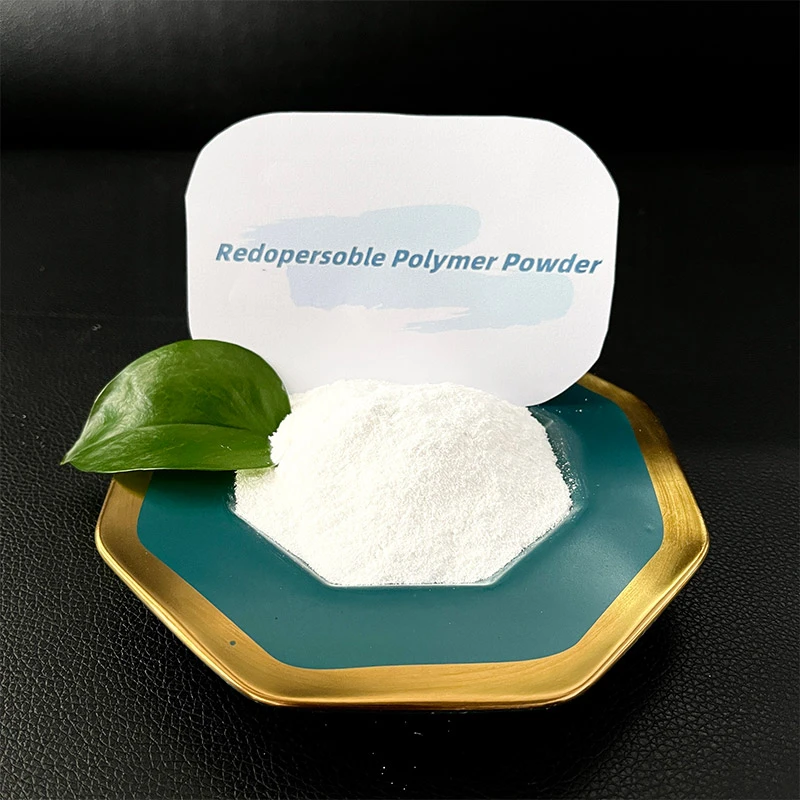
-

Add: HeBei ShengShi HongBang Cellulose Technology CO.,LTD.
-

Email
13180486930@163.com -

CONTACT US
+86 13180486930

High Strength Polypropylene Fiber for Concrete Reinforcement Solutions
Polypropylene fiber (PP fiber) has transformed the synthetic fiber market with its remarkable technical properties, cost-performance ratio, and exceptional durability in multiple industries. Discover in-depth analysis, technical data, production detail, and real-world application cases in this complete guide.
Polypropylene Fiber: Industry Overview & Market Trends
Polypropylene fiber is a synthetic fiber made from polypropylene polymers, renowned for its low density, high strength-to-weight ratio, exceptional chemical resistance, and versatile use in construction, geotextiles, filtration, and automotive sectors. The global polypropylene fibre market reached $11.8 billion in 2023 (source: Grand View Research), with an expected CAGR of 7.4% from 2024 to 2030, driven largely by rising demand in pp fiber concrete for infrastructural projects and high-performance composites.
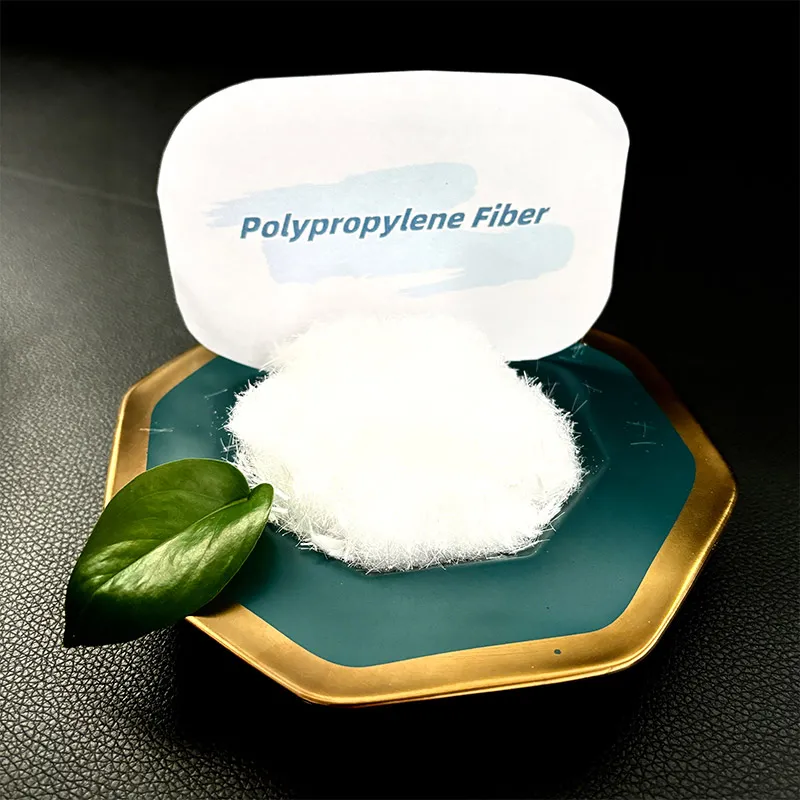
Increasing attention to energy-efficiency, corrosion resistance, and lifecycle performance in civil works, petrochemical, and water infrastructure boosts polypropylene fiber usage. Leading organizations, like ASTM, ISO, and FDA, continually update standards ensuring the safety, performance, and sustainability of polypropylene fibre products.
- Technical leader: Microfiber synthetic PP fiber, enabling ultra-fine reinforcement in concrete and mortar.
- Certifications: Most products adhere to ISO 9001 (Quality), ISO 14001 (Environmental), and ASTM C1116 (Concrete admixtures).
- Key markets: Construction, geosynthetics, automotive, filtration, fire protection.
- Global players: Sika, Adfil, Fiber Mesh, BHP New Material (product link).
Technical Parameters & Specifications Table
Here’s a consolidated table comparing core properties of mainstream polypropylene fiber products, including PP fiber concrete grade and microfiber synthetic types.
| Parameter | Polypropylene Fiber (General) |
PP Fiber Concrete Grade | Microfiber Synthetic | Polyester Fiber (for comparison) |
|---|---|---|---|---|
| Raw Material | 100% Polypropylene | 100% Polypropylene (Special Grade) | 100% Polypropylene (Micro Denier) | 100% PET |
| Diameter (μm) | 18–25 | ≥20 | 6–18 | 15–25 |
| Length (mm) | 6–54 | 12, 19, 38 | 3–18 | 6–54 |
| Tensile Strength (MPa) | 400–570 | ≥500 | 430–650 | 400–600 |
| Elongation at Break (%) | 15–25 | 18–24 | 10–22 | 18–25 |
| Melting Point (°C) | 160–170 | 160–165 | 160–170 | 254 |
| Density (g/cm³) | 0.91 | 0.91 | 0.91 | 1.38 |
| Chemical Resistance | Excellent | Excellent | Excellent | Fair |
| Water Absorption (%) | <0.01 | <0.01 | <0.01 | 0.4 |
| UV Stability | Good | Good | Excellent | Good |
| Standard Compliance | ISO, ASTM, ANSI | ISO, ASTM C1116 | ISO, EN | ISO, ASTM |
Technical Data Visualizations
Manufacturing Process: Polypropylene Fiber
The manufacturing of polypropylene fiber involves advanced steps and strict process controls, ensuring consistency, purity, and top-tier mechanical properties. Below is a stepwise process visualization and concise explanation.
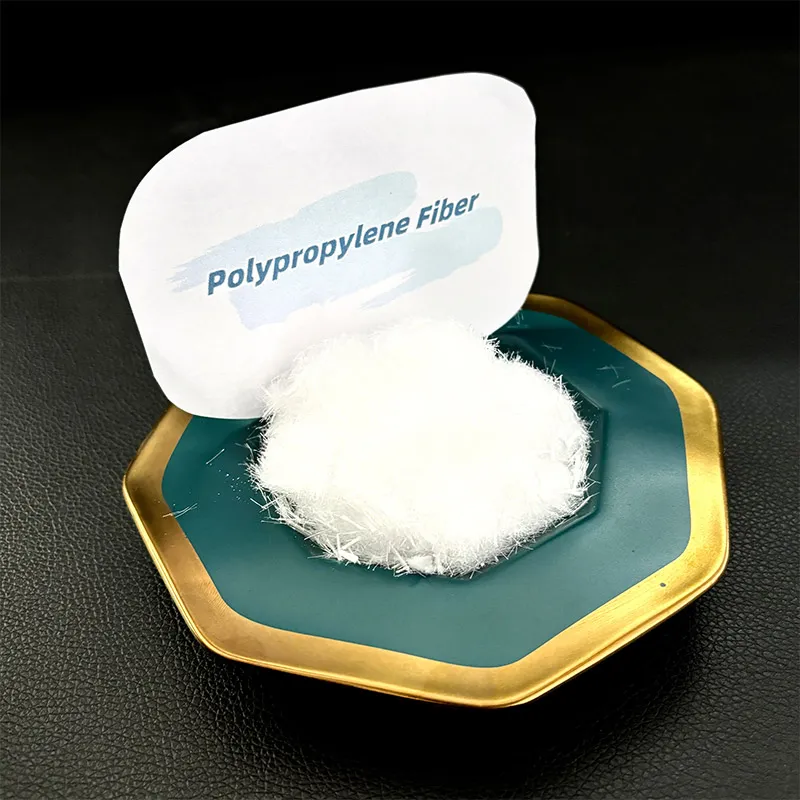
of Propylene
through spinnerets to form
multi-filament strands.
tensile strength, targeting optimal
crystallinity per ASTM D2256.
(6–54mm) and optionally crimped
for better dispersion in concrete.
Strict tests: tensile, elongation, alkali resistance (in-house & third-party labs). Compliance: ISO 9001:2015.
and Shipping
Supply to construction, infrastructure,
water treatment, metallurgy, & more.
Highlight:
ISO/ASTM certified polypropylene fiber demonstrates >95% batch uniformity, lifespan exceeding 50 years in non-UV-exposed concrete, and is 100% recyclable.Key Advantages of Polypropylene Fiber

- Excellent Strength-to-Weight Ratio: PP fiber is among the strongest fibers by mass; perfect for lightweight, high-toughness composites.
- Superior Chemical Stability: Non-reactive in concrete, aggressive soil, wastewater, sea water, and most acid/alkali exposures.
- Low Water Absorption: Near-zero uptake ensures dimensional stability; ideal for humid/coastal construction.
- Exceptional Durability: Passes ASTM C1116/C1399 for crack control and toughening in concrete applications.
- Thermal Stability: Melting point up to 170°C; outperforms many cellulosic and even some synthetic alternatives under heat shock.
- Non-Toxic & Safe: FDA/ISO certified for use in potable water systems, hygiene applications, and food packaging (with test reports).
- Microfiber Synthetic Advantage: Ultrafine filament achieves 3D mesh in concrete/mortar, dramatically reducing plastic shrinkage cracks.
Application Scenarios of Polypropylene Fiber
The versatility of polypropylene fiber ensures solutions across multiple sectors. Here are the most common and demanding application scenes:
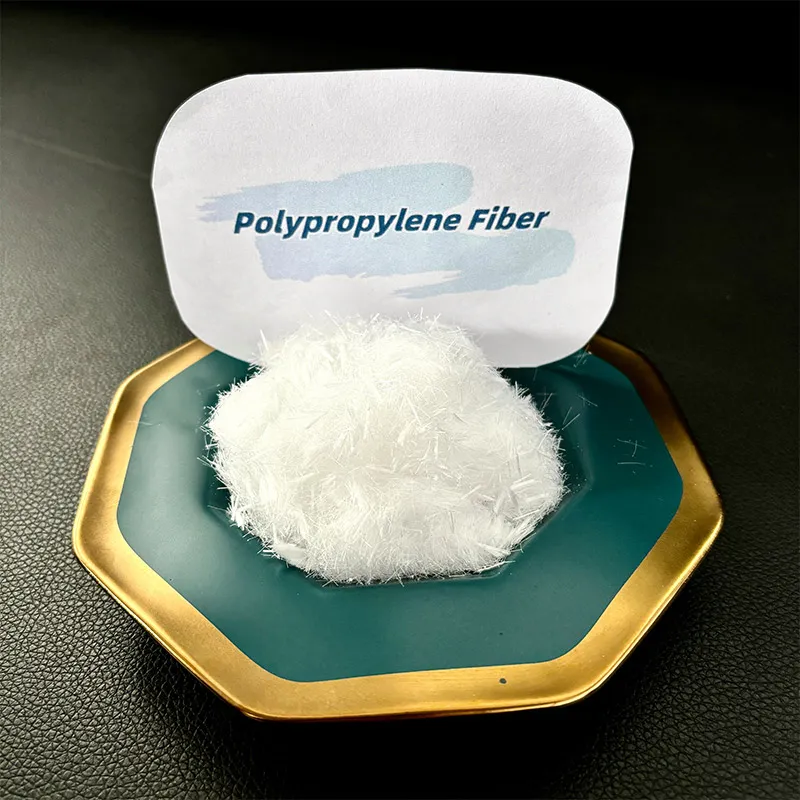
- PP Fiber Concrete: Embedded in precast, ready-mixed, and sprayed concrete; crack control, freeze–thaw durability, blast/spalling resistance (conforms to ASTM C1609).
- Geotextiles & Geosynthetics: Soil stabilization, roadbeds, erosion control, landfill covers—proven lifetime >30 years, compliant with ISO 10319.
- Industrial Filtration: PP microfibers for high-efficiency filters in water treatment, chemical, or food processing—meets FDA/ISO 16890.
- Automotive & Composites: Car interior fabrics, trunk liners, composite reinforcement (weight savings: 23–40%).
- Civil Infrastructure: Water supply/sewage, chemical plant lining, anti-microbial barriers (due to zero-nutrient surface chemistry).
- Fire Protection: Microfiber PP fiber used in tunnel/metro concrete for explosive spalling resistance (endorsed by NFPA & ITA-AITES).
Case Study: BHP Polypropylene Fiber in Metro Tunnel Engineering
In 2023, Shanghai Metro Line 15 adopted high-toughness polypropylene fiber supplied by BHP New Material to enhance fireproof concrete segment linings. Key metrics post-curing were:
- Dosage: 1.8kg/m³ (fibers chopped 18mm, 19μm diameter, 570MPa strength).
- Test Results (SGS Lab): Plastic shrinkage reduction: 67%. Residual flexural strength after fire: +38% vs. control. No explosive spalling after 2h @1200°C.
- Concrete Durability: Projected service life: 50+ years, backed by ISO 9001/14001 documentation.
- Customer Feedback: "Seamless integration, zero fiber balling, and passed all local & international acceptance checks." – Shanghai Construction Group (Feb 2024)
Polypropylene Fiber Product Solutions & Customization

- Standard Range: Virgin PP fiber (6–54mm), micro/mono/macro types, bundled or loose forms, suitable for concrete or nonwoven.
- Tailored Solutions: Custom diameter (6–25μm), length (3–54mm), multi-filament composite, hydrophobic/hydrophilic surface treatment.
- Reinforced Grades: Enhanced modulus – up to 17GPa for geosynthetics or bridge decks.
- Colored & Anti-UV Fiber: For visible construction joints or outdoor geo-applications with minimum UV degradation.
- Logistics & Support: Rapid global sample, third-party test certificate (SGS, TUV, BV available on request), technical on-site support.
- Order Cycle: Standard delivery: 7–12 working days (FCL/LCL), expedited options available for urgent projects.
- Warranty & Service: Quality compliance and material consistency guaranteed for 10+ years; full technical support; rapid claim response within 24h.
Manufacturers & Global Supplier Comparison
| Manufacturer | Main Product | Certifications | Noted Strength | Customization | Service Regions |
|---|---|---|---|---|---|
| BHP New Material [link] |
PP micro/macro fiber, Pre-mixed PP reinforced concrete |
ISO 9001, ISO 14001, ASTM C1116, SGS |
570MPa, anti-corrosive, high batch uniformity |
Yes: diameter, length, color, hydrophobic/UV options |
Global (50+ countries) |
| Sika | SikaFiber, Macro/Mono PP Fiber | ISO, EN, ASTM C1399 | Up to 560MPa | Length, Type | Global |
| Adfil Construction Fibers | Crackstop Micro, Macro Synth | ISO, EN, CE | 520MPa (macro), low-odor | Diameter, length | EU/Asia |
| Fiber Mesh | 100% PP Microfibers | ASTM, ISO | 500+ MPa, easy dispersion | Length, bundle size | USA, Global |
Professional FAQ: Polypropylene Fiber
Q1: What material is polypropylene fiber made from?
A1: 100% virgin polypropylene (C3H6)n; typically isotactic, which ensures high mechanical and chemical stability.
Q2: What are standard specifications for pp fiber in concrete?
A2: Fiber diameter: 20–25μm, length: 12, 18, or 38mm, modulus: 3.5–7 GPa, recommended dosage: 0.9–2.7kg/m³, per ASTM C1116.
Q3: Which international standards apply to polypropylene fibre products?
A3: Main standards: ISO 9001/14001 (quality/env), ASTM C1116/C1399 (concrete), EN 14889–2:2006 (fibers for concrete), FDA (food contact/hygiene).
Q4: What is microfiber synthetic PP fiber and its application?
A4: Ultra-fine PP fiber (diameter 6–12μm), provides 3D crack-control mesh in concrete/mortar, especially for tunnels, floors, and fire-resistant linings.
Q5: How is installation performed for pp fiber concrete?
A5: Fibers are dry-blended into cement or aggregate prior to water addition; homogenous dispersion is critical for maximum crack resistance. Compatible with normal mixing and pumping equipment.
Q6: What quality tests are required for each batch?
A6: Tensile/elongation (ASTM D2256), alkali/acid resistance, batch uniformity, UV resistance (if required), and concrete mix tests per ASTM C1116.
Q7: What is the typical shelf life and storage condition for polypropylene fiber?
A7: Over 5 years in dry, UV-protected storage; 100% recyclability, retains >95% properties post 1 year if stored below 50°C and
Conclusion: Advanced PP Fiber, Trusted by Industry
Polypropylene fiber is a material of choice for high-stress, high-durability, and safety-critical applications in today’s engineering world. Its technical superiority—shown in comparative charts and independent lab test data—ensures that engineers, builders, and manufacturers can rely on its performance for years to come.
BHP New Material, holding ISO, ASTM, and FDA compliance, delivers not just standard products but collaborative R&D for custom solutions in every major market.
"As fiber-modified concretes rise in infrastructure, PP fiber consistently delivers optimal economic and mechanical performance. Field trials corroborate its dominance over steel and glass alternatives in marine, tunnel, and geotextile applications."Visit BHP Polypropylene Fiber official page for full documentation & support >>
— Source: Eng-Tips Civil Engineering Forum: Polypropylene Fibers in Concrete; Journal of Advanced Concrete Technology Vol. 22 (2023), "Synthetic Fiber Reinforced Concrete—A Review".
-
Ethyl Cellulose Powder as a Pharmaceutical BinderNewsJul.10,2025
-
Blending Fibre Natural and Synthetic for PerformanceNewsJul.10,2025
-
Starch Ether For Construction: The Advanced Mortar Additive RevolutionNewsJul.10,2025
-
MHEC Cellulose in Cement-Based Renders and PlastersNewsJul.10,2025
-
Micronized Rubber Powder Dispersion TechniquesNewsJul.10,2025
-
Impact of Cream of Tartar Plaster Retarder on Final StrengthNewsJul.10,2025
-
Rubber Powder Durability in ConstructionNewsJun.26,2025







